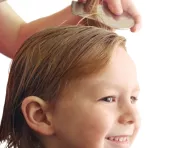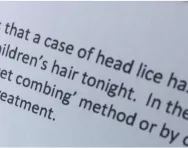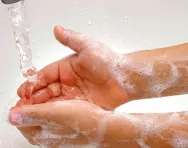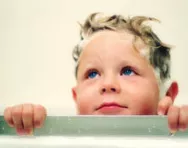Important update from TheSchoolRun
For the past 13 years, TheSchoolRun has been run by a small team of mums working from home, dedicated to providing quality educational resources to primary school parents. Unfortunately, rising supplier costs and falling revenue have made it impossible for us to continue operating, and we’ve had to make the difficult decision to close. The good news: We’ve arranged for another educational provider to take over many of our resources. These will be hosted on a new portal, where the content will be updated and expanded to support your child’s learning.
What this means for subscribers:
- Your subscription is still active, and for now, you can keep using the website as normal — just log in with your usual details to access all our articles and resources*.
- In a few months, all resources will move to the new portal. You’ll continue to have access there until your subscription ends. We’ll send you full details nearer the time.
- As a thank you for your support, we’ll also be sending you 16 primary school eBooks (worth £108.84) to download and keep.
A few changes to be aware of:
- The Learning Journey weekly email has ended, but your child’s plan will still be updated on your dashboard each Monday. Just log in to see the recommended worksheets.
- The 11+ weekly emails have now ended. We sent you all the remaining emails in the series at the end of March — please check your inbox (and spam folder) if you haven’t seen them. You can also follow the full programme here: 11+ Learning Journey.
If you have any questions, please contact us at [email protected]. Thank you for being part of our journey it’s been a privilege to support your family’s learning.
*If you need to reset your password, it will still work as usual. Please check your spam folder if the reset email doesn’t appear in your inbox.
Beating headlice: the facts and the fiction

New research reveals that 68 percent of British families with children of school age have had to deal with a headlice infection. Of these, three quarters have had to cope with at least one re-infection and one in five families have had ‘nits' up to five times!


Start a unique learning programme!
- Weekly programme for each school year
- Worksheets sent direct to your inbox
- Keeps your child's learning on track
Parents can become desperate in their attempts to get rid of headlice but extreme measures aren't necessary. Tackling nits and head lice is easy once you know how.
Headlice – the facts
- Headlice are tiny wingless insects, a bit bigger than a pin head. They live on the scalp and feed by sucking blood every two to three hours.
- Headlice cannot survive for more than a day or two away from a host.
- Each female lays 150-300 eggs in her lifetime. The eggs are firmly cemented to the hair shaft, and their distance from the scalp indicates how long ago the eggs were laid.
- Headlice are the most common parasites in children.
- 'Nits' are the empty shells of eggs after the louse has hatched – but the term is often used for headlice too.
- Lice can appear at any time – keep a treatment in your bathroom cabinet just in case!
- Headlice can't jump or fly – they can only be passed on by direct, head-to-head contact.
- Headlice are not seriously harmful but their bites can cause intense itching, and if children scratch their heads, they can break the skin, which can then become infected.
- Insecticide-resistance is common (in 50-70 percent of head lice cases). Ask your health visitor or GP for information on local patterns of resistance.
Headlice – the fiction
- It’s not true that lice always make your head itch. Only 14-19 percent of infected children complain of itching.
- You might be told you should treat every member in the family just in case – that’s not true. Only treat family members with evidence of live lice.
- Don’t buy into the fiction that you can get rid of headlice by using mayonnaise, beer, vinegar, butter, garlic (capsules), hair dye, detergent, lamp oil, dog shampoo, washing-up liquid, mouthwash or peanut butter. Use products that have been scientifically proved to work!







